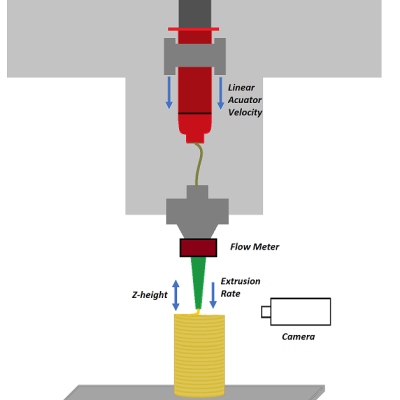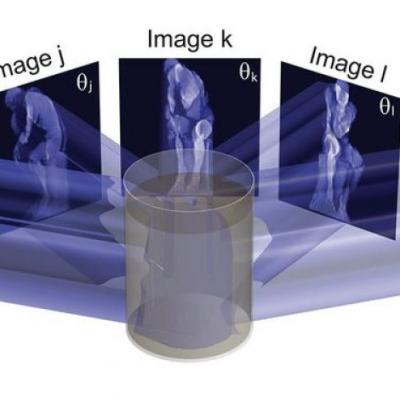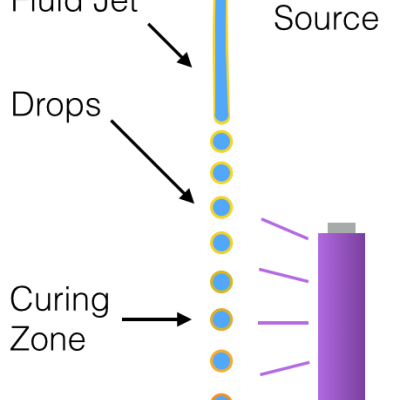Keywords
- Show all (58)
- Additive Manufacturing (37)
- 3D Printing (7)
- Manufacturing Improvements (3)
- Synthesis and Processing (2)
- Electric Grid (1)
- Manufacturing Simulation (1)
- Precision Engineering (1)
- Sensors (1)
- (-) Manufacturing Automation (2)
- (-) Material Design (1)
- (-) Microfabrication (1)
- (-) Volumetric Additive Manufacturing (1)
Technology Portfolios


LLNL has developed a system and method that accomplishes volumetric fabrication by applying computed tomography (CT) techniques in reverse, fabricating structures by exposing a photopolymer resin volume from multiple angles, updating the light field at each angle. The necessary light fields are spatially and/or temporally multiplexed, such that their summed energy dose in a target resin volume…


By combining 3D printing and dealloying., researchers at LLNL have developed a method for fabricating metal foams with engineered hierarchical architectures consisting of pores at least 3 distinct length scales. LLNL’s method uses direct ink writing (DIW), a 3D printing technique for additive manufacturing to fabricate hierarchical nanoporous metal foams with deterministically controlled 3D…

